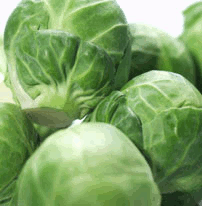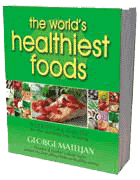


To peel or not to peel
Conventionally grown fruits and vegetables are often waxed to prevent moisture loss, protect them from bruising during shipping, and increase their shelf life. When purchasing non-organic fruits and vegetables, you should ask your grocer about the kind of wax used on their surface even if you are going to peel it; carnauba wax (from the carnauba palm tree), beeswax, and shellac (from the lac beetle) are preferable to petroleum-based waxes, which contain solvent residues or wood rosins. Yet, it is not just the wax itself that may be of concern but the other compounds often added to it - ethyl alcohol or ethanol for consistency, milk casein (a protein linked to milk allergy) as "film formers" and soaps as flowing agents.
Unfortunately, at this point in time, the only way we know of to remove the wax from non-organic produce is to remove the skin, as washing will not remove the wax or any bacteria trapped beneath it. If you choose to do this, use a peeler that takes only a thin layer of skin, as many healthy vitamins and minerals lie right below the skin.
Organically grown fruits and vegetables do not contain wax coatings, allowing you to enjoy all of the nutritional benefits offered by the skin.
Non-organic fruits and vegetables that are commonly waxed include:
Cucumbers
Bell peppers
Eggplant
Potatoes
Apples
Lemons and Limes
Oranges



